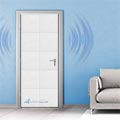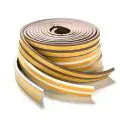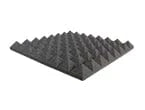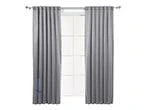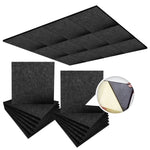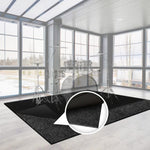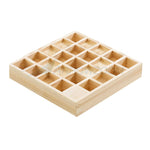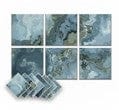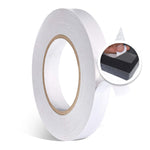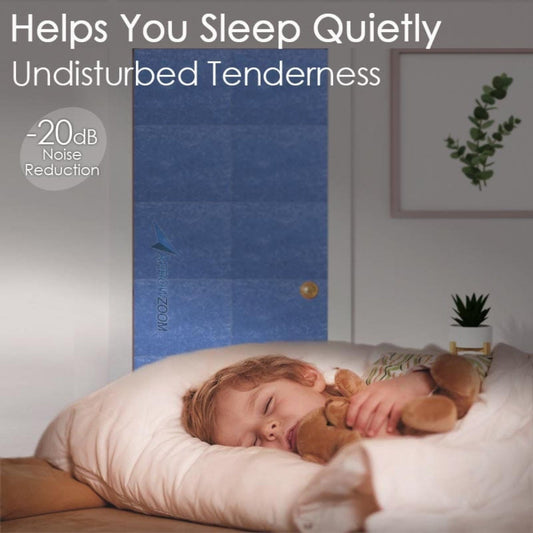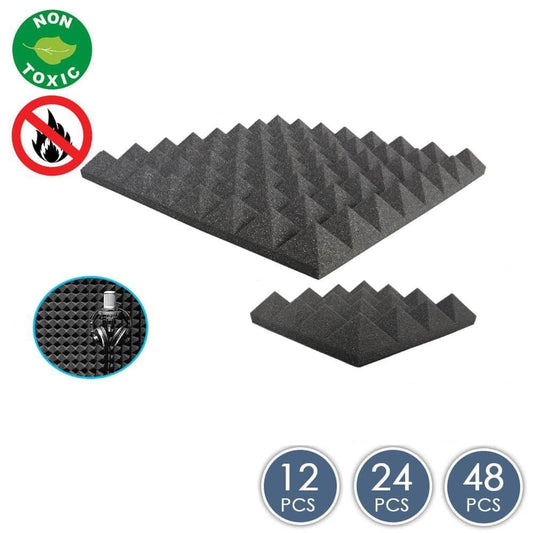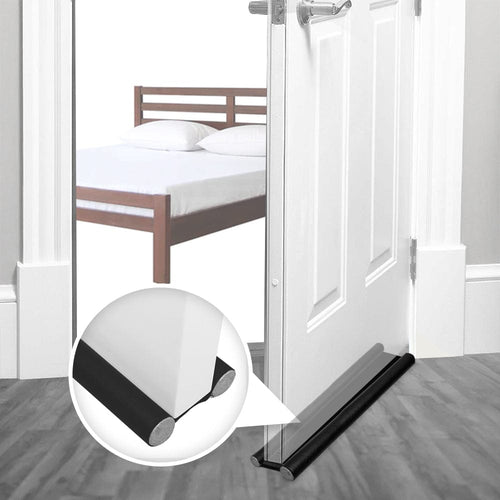
TIME REQUIRED: 1 Hour | DIFFICULTY: Average
It is very distracting to hear an echo in your room or studio. Unnecessary noise, especially when you're recording a video, is somehow distracting. But what is the real echo source? When there is nothing to absorb the sound waves, an echo occurs in space. Usually, this happens when you move stuff out of your house or if your room is empty because the sound waves bounce off your walls.
Jimmy is Promo, a developer of technology content, shares his experience with echoes and how in his studio he manages to eliminate unwanted sounds. He said in his video that his space is not ideal for sound reflection. If you don't dampen the sound reflection in your room, some elements of the sound appear in a recording. The correct location of acoustic foams is on the wall on the side and back of his desk when it comes to his studio, so when audio comes out of his speaker, it bounces around the walls of his room. He also noticed that Arrowzoom Pyramid Acoustic Foams helped him a great deal to enhance his studio's audio quality.
Would you like the echoes in your room to be removed? Follow these 3 important aspects of how to manage your room's sound and get an excellent result.

Know what sort of sound you have set up in your room.
It involves the location of listening, the positioning of speakers, and the layout of the room. For room sound treatment, there are 3 room configurations that we normally experience. They are as follows:
- 2-channel mixing room with fundamental absorption and diffusion, gently treated.
- Mixing space for surround sound utilizing commercially available acoustic panels and bass traps,
- Set-up of surround sound control room for critical listening
There is a different kind of sound treatment for each kind of room, which is why knowing the setup of your room is crucial.

Evaluate the section of your room where the points of reflection are.
Know where your room's points of reflection are. On the sidewalls, and part of the ceiling or above the listener, are the first reflection points most of the time. Using acoustic boards or pyramid acoustic foam is the easiest and least costly approach to handling the first point of reflection. Thicker acoustic panels may also be used to withstand the lower frequency of sound.

Adding some diffusers in your room is necessary.
A breezy, melodic quality to your room acoustics is used in Diffusion. Diffusers on both the back and front walls are standard for hi-fi listening spaces. This offers a figment that forces the walls out, making the room feel bigger. For a combination of absorption and diffusion, in-home theatres are also recommended. For sound treatment, this approach is the most popular one.
After doing After following these 3 basic guides, you will love the audio quality of your room or your studio! Here's a quick look at Arrowzoom Black and Gray Pyramid Acoustic Foams.


